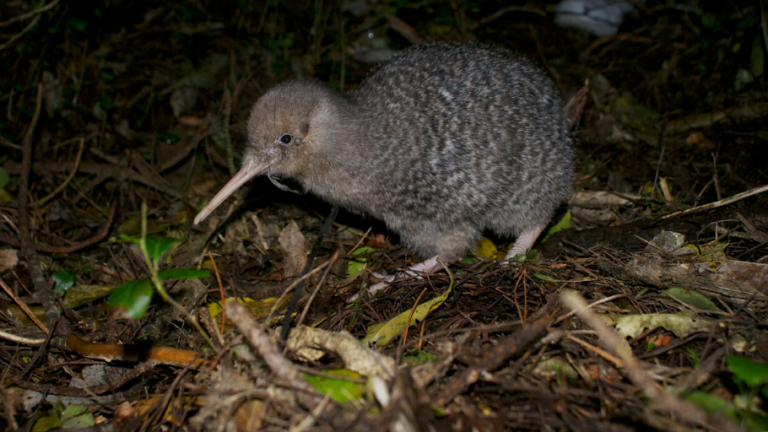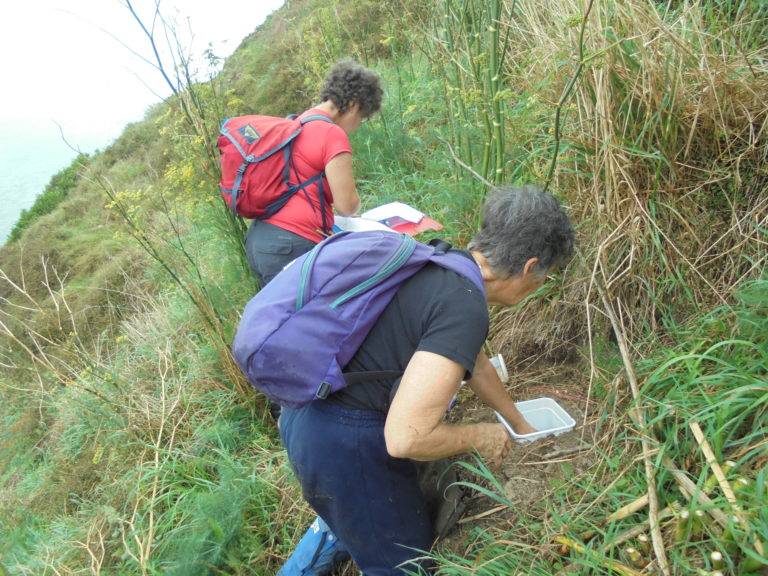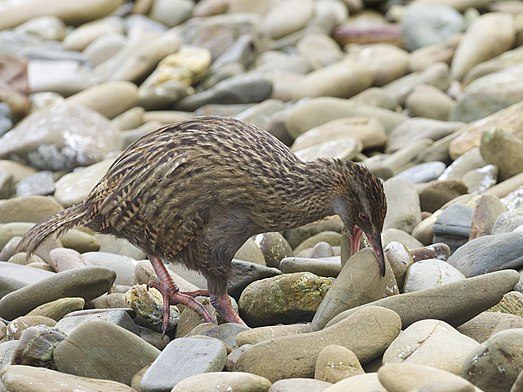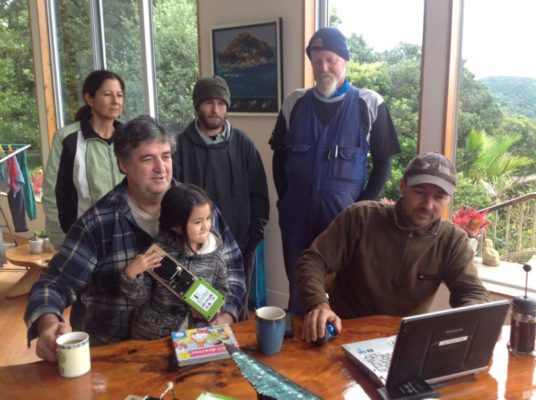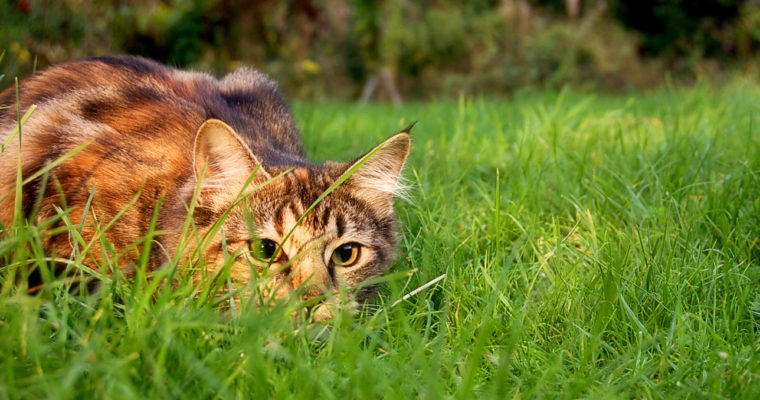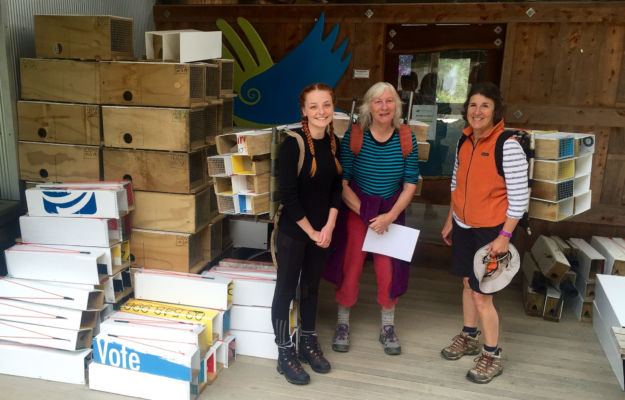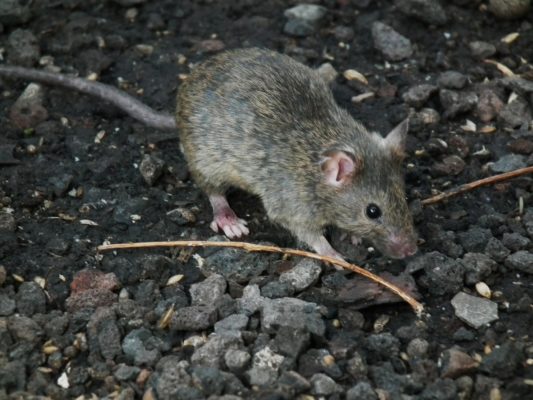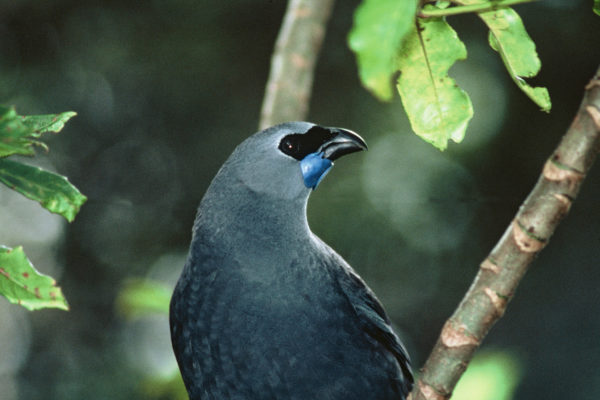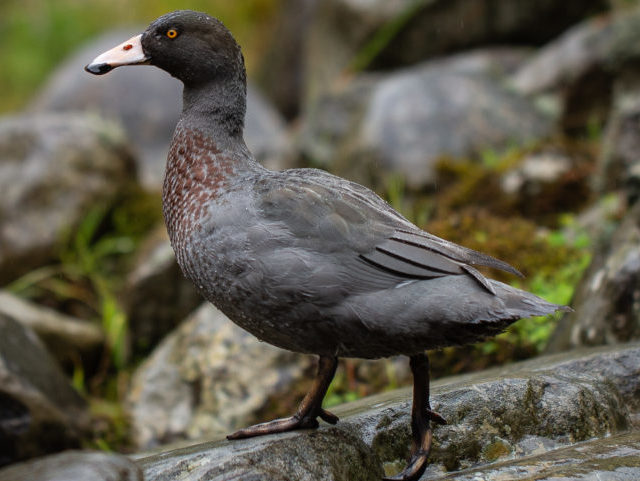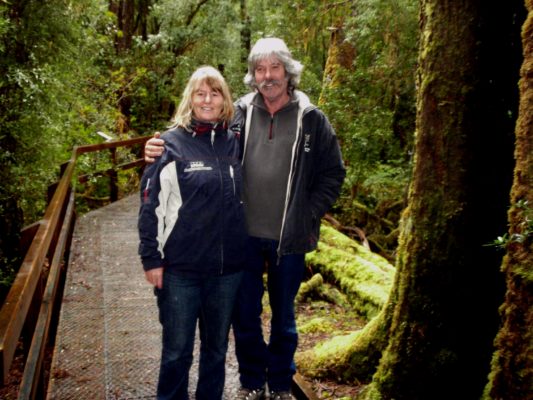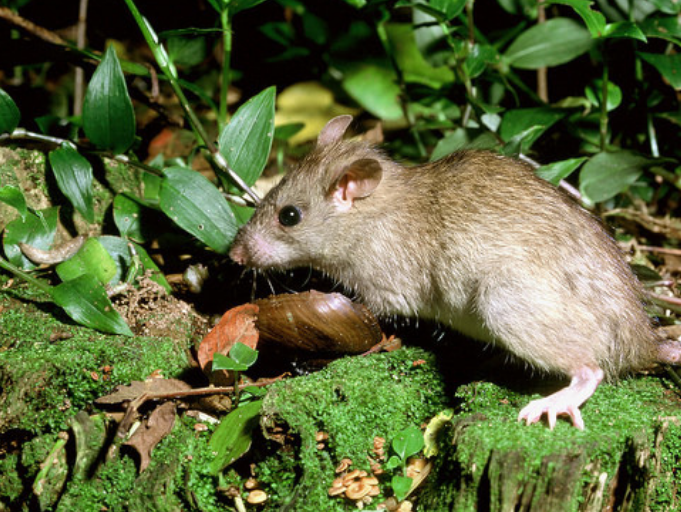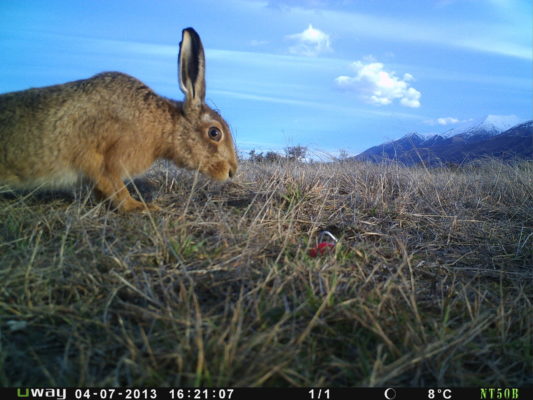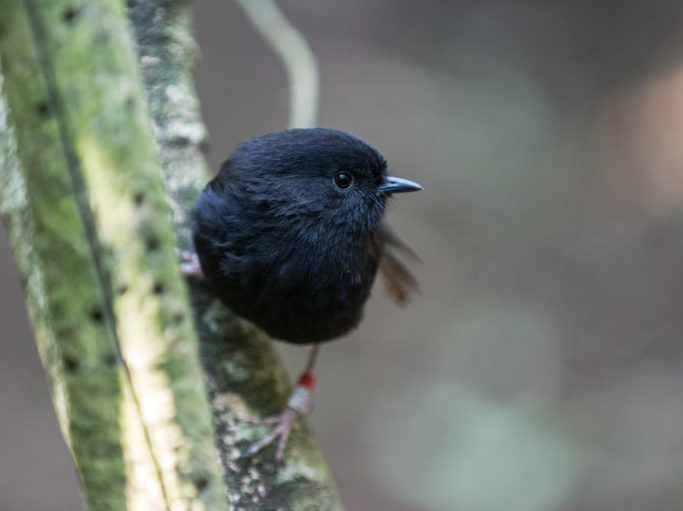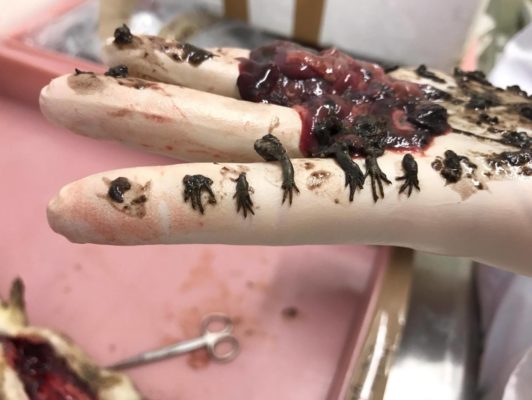What makes a great kiwi burrow?
Birds can spend a significant portion of their lives at roosting sites – up to two thirds of their time – so it makes sense…
Traps, technology and lizard tales on the Kapiti Coast
‘Many hands make light work’, so the saying goes – although in the case of the Kapiti Coast community, it’s a matter of ‘many volunteers…
Weka are tough – but are they tough enough?
Weka are largish, robust-looking and with a keen curiosity that suggests they’re no birdbrains. They’re also opportunist pilferers if there’s chook food around or even…
An adventure series with an environmental message
Jon Tucker’s Those Kids series is set of linked sailing adventure books featuring some Kiwi and Aussie kids coping with unexpected challenges, whilst learning about contemporary environmental…
Robot in garage assembles Econode circuit boards
Behind the doors of ordinary Kiwi garages, some astonishing things are happening. Take, for example, a garage somewhere in the suburbs of Upper Hutt, where…
City cats – what don’t we know and how can we find out?
Cats, cat management and the impact of cats on conservation – it seems that everyone in New Zealand has an opinion and a significant proportion…
Survey investigates huge volunteer contribution
It has been estimated that between 25,000 and 45,000 people belong to community-based environmental groups in New Zealand. That’s a lot of volunteer work and,…
Mice – should we be worried?
When there’s a mouse in your pantry you notice – but in the wider environment they’re common and inconspicuous. It’s difficult to know what impact…
Puketi Forest Trust’s battle for kōkako leads to breeding success
The kōkako are back and breeding successfully in Northland’s Puketi Forest, but it’s been a long battle to get them there – a battle fought…
Blue ducks – how different is ‘different’?
Blue ducks (whio) live in both the North and South Island – they’re isolated by distance, but how isolated are they genetically? Physically there are…
Children’s author goes ‘predator free’ in latest adventure novel
‘When children’s author, Jon Tucker, was a teenager growing up in Nelson, he married the girl next door and they began to build a boat…
Rats, elevation and implications of climate change
Ship rats are known to be good and climbing trees – but what are they like at climbing mountains? If our climate gets warmer, might…
Al Glen captures predator portraits on camera
Monitoring cryptic animals is one of the big challenges of becoming predator free, according to Auckland-based Landcare Research scientist, Dr Al Glen. “Predators are cryptic,”…
Conservation geneticists want to build a bridge to DOC
Conservation genetics has implications for all sorts of conservation measures. Whether it be choosing the source birds for a translocation to a new sanctuary to…
Stoat research is not for the squeamish
WARNING: [stomach] contents may disturb sensitive readers. When Jamie McAulay opens his mail in the morning he often finds “a lovely, delightful, maggoty mess!” Jamie…

